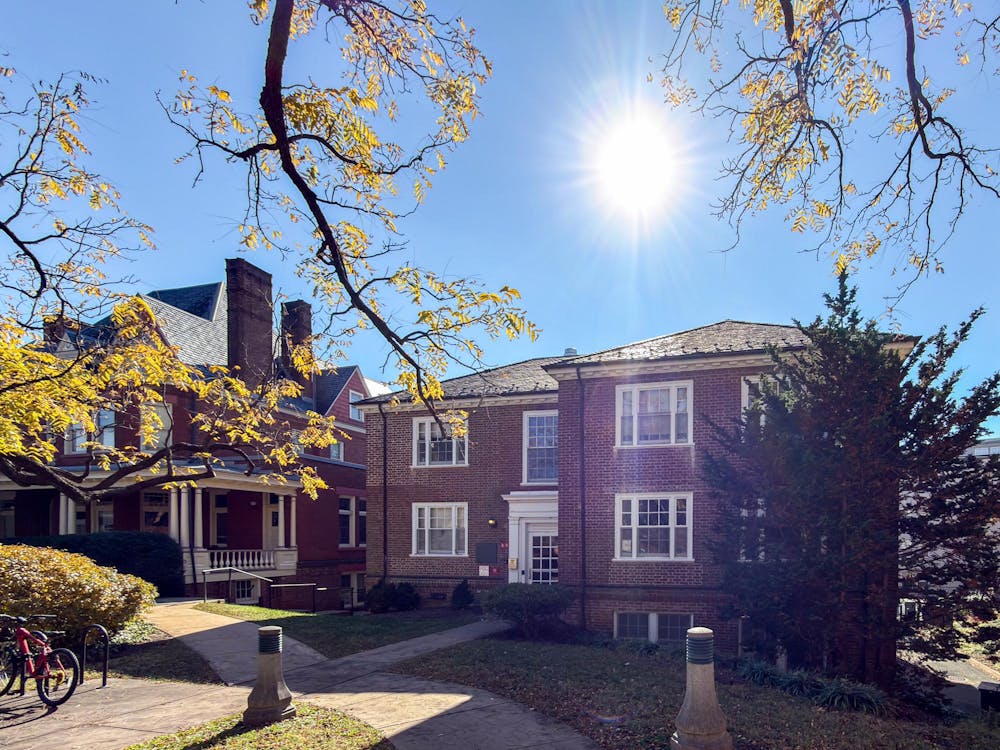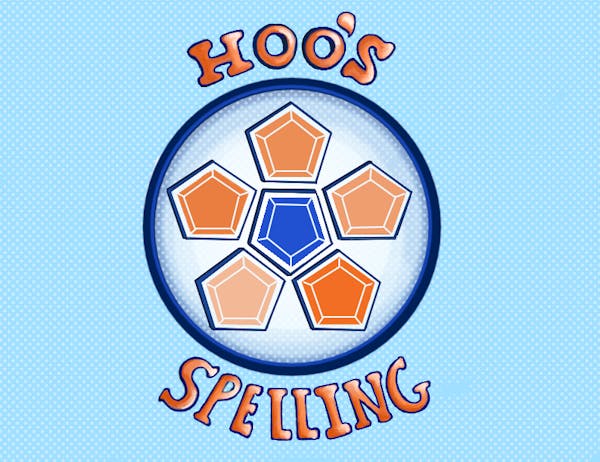Laughter and multilingual chatter flow down Jefferson Park Avenue as students convene for study sessions, cook group dinners and sing karaoke. This type of close-knit, linguistic community can only be found in the University’s language house complex, composed of Casa Bolívar, La Maison Française and Shea House.
These houses, under the purview of Housing and Residence Life, offer students a fully immersive environment where they can practice a language and meet like-minded language enthusiasts. To their residents, the language houses offer a supportive community that both challenges and fulfills its members, day in and day out.
Julianna Pledgie, language house senior resident and third-year College student, characterized the language house community as welcoming to all language-learners, regardless of ability.
“All the residents in every building are very understanding to beginners who are speaking the language for the first time,” Pledgie said. “It’s overall very supportive.”
Casa Bolívar, the Spanish house, was the first language house to open its doors to the University community in 1981. La Maison Française, the French house, followed suit four years later, housing its first University students inside the Queen Anne style residence in 1985. The last language house, Shea House, opened in 2002, and as of this year, it has six language pods — ASL, Chinese, German, Japanese, Korean and Russian.
Although each language house has specific requirements and events for each of their residents, one communal goal of the houses is for the students to be in complete language immersion. Each house sets ground rules at the beginning of the year — covering anything from language expectations in common areas to whether residents can speak English in their bedrooms. Some houses follow the rules more closely than others.
The Residential Leadership Experience — composed of Pledgie and two residents from each language house — organizes events for the language houses as a collective. Additionally, each language house also has its own event schedule. Some common events include movie nights and coffee chats, where individuals come from all over the University to one of the language houses to practice speaking a language.
Each house also holds resident dinners, where the residents share meals together on a regular basis. Each Sunday, for example, three or four Maison Française residents take turns preparing a meal for all their housemates to enjoy together.
These events give residents the opportunity to practice speaking and learning their language in a lighthearted environment. Brandon Nesbit, Shea House resident and third-year Commerce student, recalled practicing his Chinese by celebrating festivals such as the Lunar New Year at the Shea House, where the Chinese pod prepared traditional snacks and taught attendees how to do traditional calligraphy. These events are open to the entire University community, so for Nesbit, it was fun inviting people from all backgrounds to participate in the events together.
Like Nesbit, Calvin Pan, Maison Française resident and third year-College student, said he enjoys the opportunity to practice speaking French in his dorm. Before joining a language house, Pan had only sparingly used Duolingo and taken one semester of French at the University. Pan, who has since picked up a French minor, said he joined the language house community as a place where he could actively practice speaking the language. For him, immersing himself in French is a lot more beneficial than passively learning it, like reading out of a textbook, even though it can be more difficult.
For Pan, learning French was uncomfortable at first since he didn’t know much slang or conversational vocabulary. He described learning a new language as a steep learning curve, but he said it is very rewarding once you can naturally use new words in conversations.
“There are going to be moments where … I’m going to need to ask for help, and that’s okay,” Pan said. “You have to [embrace] that discomfort and [put] yourself out there, but once you do, it becomes really fun.”
Jason Kim, Maison Française resident and second-year College student, also loves the language immersion of the French house. Kim grew up speaking Arabic and French with his Lebanese stepfather, and he enjoyed the connection that he felt when he spoke a language that was not spoken by his peers. He said he wanted to experience that same type of community in college, and he found it in the French house.
“It’s truly just a welcoming community full of different minded people who come together and just share who they are without any judgment,” Kim said. “[We] just accept each other as we are.”
Nesbit has felt a similar welcoming atmosphere in his language house. He said that the language immersion has been difficult at times, especially since language learners may feel embarrassed to mess up, but the community in the Chinese pod and Shea House at large has made the transition a lot smoother.
“I think a lot of people feel nervous, especially when it comes to articulation or communication,” Nesbit said. “But the people there are all very encouraging, and I think it creates this very supportive ecosystem where everyone’s able to learn from each other.”
These residents agree that their housemates are the best part about living in the language houses. Pledgie described the language house community as “supportive and resilient,” full of ambitious people who put themselves in potentially uncomfortable living situations to improve their language skills and engage with different cultures.
“I really admire how these residents, on top of their studies and their other engagements … are willing to take time out of their day and take the step out of that comfort zone to better themselves with their language practices,” Pledgie said.
Diego De Leon, Casa Bolívar resident and fourth-year Batten student, loved the community he found when living in the Spanish house last year. However, he said that this year, he feels like the atmosphere is less lively, with loose enforcement of the Spanish-speaking rules and sparse attendance at house events.
Moreover, De Leon said he does not feel much of a connection between the three language houses. Pledgie echoed this sentiment, as she heard from other residents that in previous years, the language houses have felt isolated from each other.
To address this problem, De Leon and Pledgie, along with other RLE members, have organized events open to all language house residents to help build community across the three houses. Pledgie said that one of her fondest memories of her language house experience was at one of these RLE events. She recalled how the residents were singing karaoke songs in different languages, and when one resident sang a song in her native language, people in the room were brought to tears by how beautiful it was.
“That was something that really touched me and I really enjoyed. I think it's something that'll stick with me … just seeing the joy on people's faces when they see that they can sing in a language … and there's no judgment,” Pledgie said.
According to Pan, although most residents enjoy the events organized by the houses and the RLE, some of the best moments happen more informally and spontaneously. For instance, Pan sometimes plays the piano in the Maison Française music room. Once he starts playing, people wander in and give him song recommendations, and it often becomes an impromptu karaoke night. Pan said that these moments have shown to him how fun and neighborly the language house environment can be.
For De Leon, his favorite memory was participating in the snowball fight on the Lawn with his Casa Bolívar hallmates last year. He remembers knocking on other residents’ doors at midnight and rushing over to the Lawn, and then staying after everyone else had left to have their own private snowball fight. Coming in as a third-year transfer student, De Leon found it hard to become adjusted to the University, but the language houses helped him find a community.
“It felt like that moment really made me feel like I truly belong here,” De Leon said. “Before that, I was struggling to feel like I belonged, but [it] felt so nice to have people that you know.”
Pan has noticed that the language houses attract a lot of interesting people with a variety of experiences, and he has enjoyed getting to know them. Like De Leon, Pan agrees that residents are bound to find a community in their language house.
“People have formed really good friend groups here, and it’s really easy to coordinate that [in] an environment where you know everybody and everybody has a lot of the same interests,” Pan said.
Similarly to other residents, Pan highly recommended the experience and encouraged individuals to apply. Although he acknowledged that the application and language immersion may be daunting, it is less about the language skills and more about joining a house community.
“It’s really a place for you to learn,” Pan said. “When in doubt, apply.”







